Monday 17 November 2025
Why do Drivers Still Ignore Emergency Vehicles?
Share
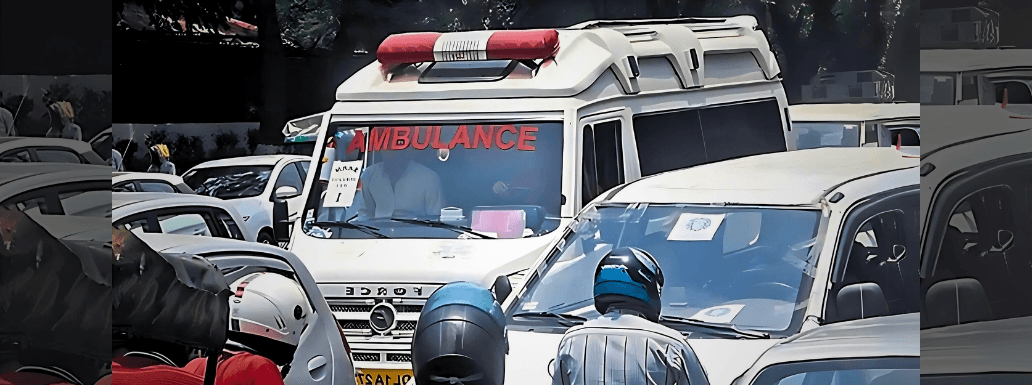
The urgent need for rapid transit of emergency vehicles is often overlooked by many car drivers in India, who frequently do not yield to vital services such as ambulances, fire trucks, and police vehicles. The ongoing problem can be linked to several factors, including lack of awareness, poor infrastructure, prevailing cultural attitudes, and enforcement challenges.
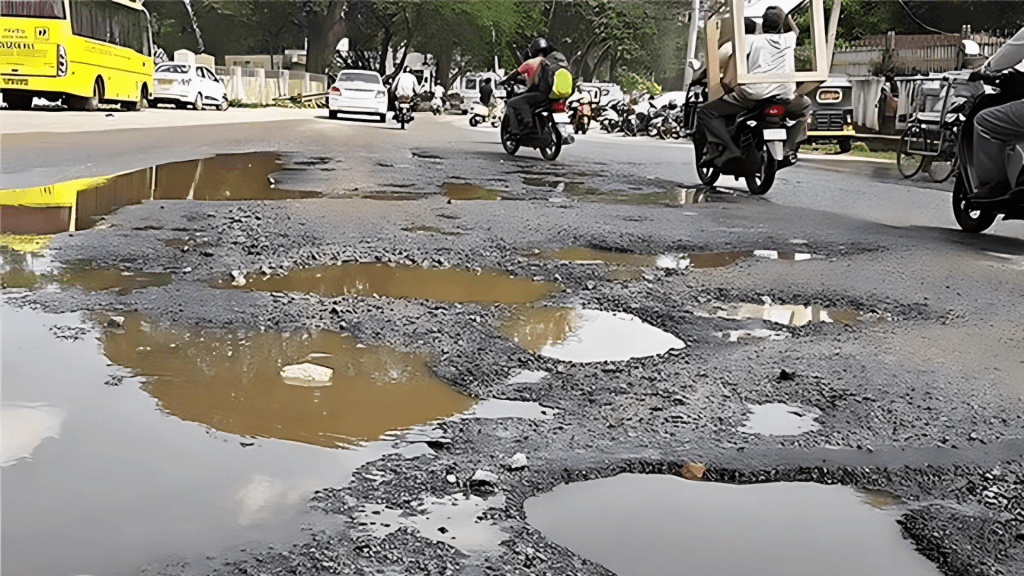
One of the primary reasons for the failure to give way is the lack of awareness among drivers about traffic regulations and the critical need to give way to emergency vehicles. A survey from 2021 revealed that 95% of licensed drivers in India do not have even 50% knowledge about traffic safety rules. The gap in understanding results in many drivers being oblivious to their legal and ethical responsibilities when they hear sirens approaching.
The condition of road infrastructure in India is also a crucial factor. Poorly marked lanes, narrow roads, and heavy traffic congestion create difficulties for drivers to maneuver and provide a clear path for emergency vehicles. In many cities, the chaotic nature of traffic, combined with insufficient road space, means that even well-intentioned drivers struggle to give way.
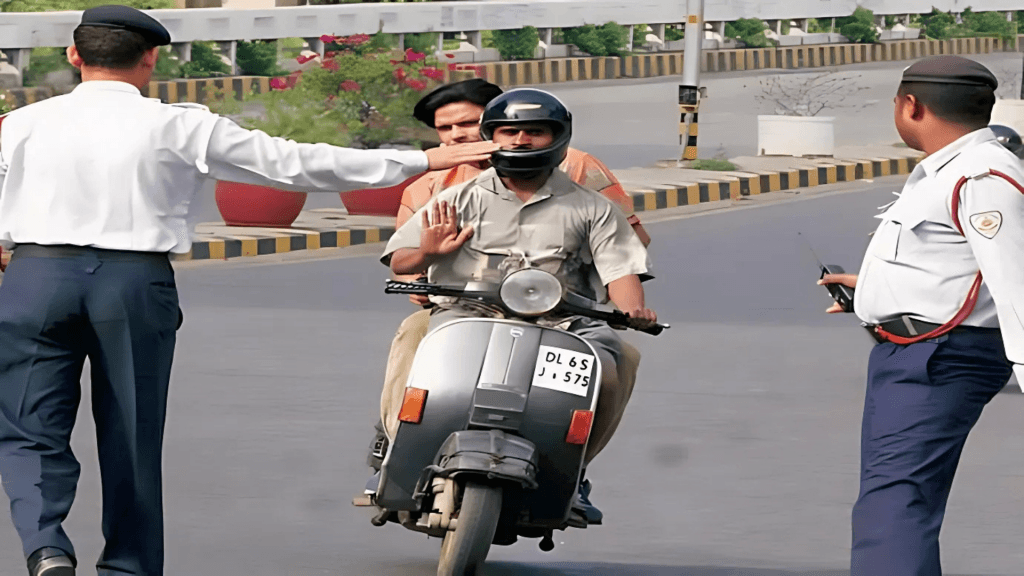
Cultural influences, such as a general lack of courtesy on the roads, also contribute to this issue. The jugaad mindset, which focuses on rapid and sometimes unconventional solutions, can lead to reckless driving practices. The mindset often prioritizes personal convenience above communal duty, leading to a reluctance among drivers to yield to emergency vehicles.
The implementation of traffic rules in India tends to be lenient. The absence of strict penalties and widespread corruption results in many drivers feeling unthreatened by the consequences of not yielding. Additionally, traffic police are inundated with heavy traffic flow, leaving little capacity to enforce rules strictly and uniformly.
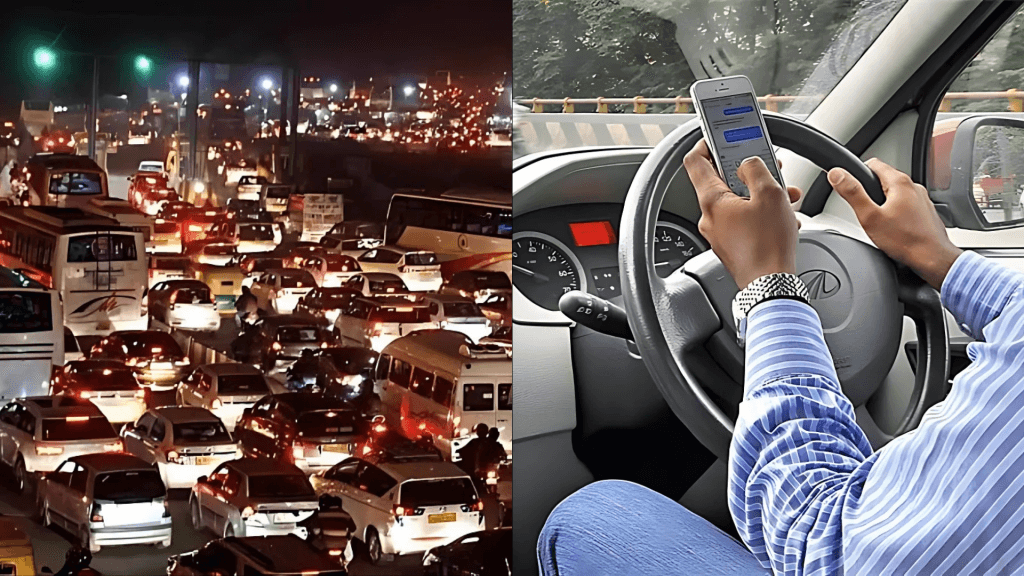
The substantial number of vehicles on Indian roads exacerbates the issue. In urban areas with severe traffic congestion, it becomes exceedingly difficult for drivers to make space for emergency vehicles. The sheer traffic volume, combined with regular gridlocks, results in delays for emergency vehicles.
Distracted driving, especially the use of mobile phones while driving is also a major concern. Drivers preoccupied with conversations or activities on their phones may not even notice the sirens and flashing lights of approaching emergency vehicles which delay their response time.
Obstructing emergency vehicles such as ambulances, fire trucks, and police vehicles is a serious offense in India with severe legal consequences:
Section 194E: This section states that anyone who fails to draw their vehicle to the side of the road upon the approach of an emergency vehicle (such as an ambulance, fire service vehicle, or police car) can face:
Section 11: This section outlines penalties for obstructing emergency duties, including:
A car owner in Kerala was fined IN 2.5 lakh (approximately $3,125) and had their license revoked for blocking an ambulance. This case highlights the serious consequences of such actions.
Implementing stricter penalties and improved law enforcement can also help deter drivers from neglecting their responsibilities. Furthermore, upgrading road infrastructure to support better traffic flow and clear lanes for emergency vehicles can significantly improve the situation.
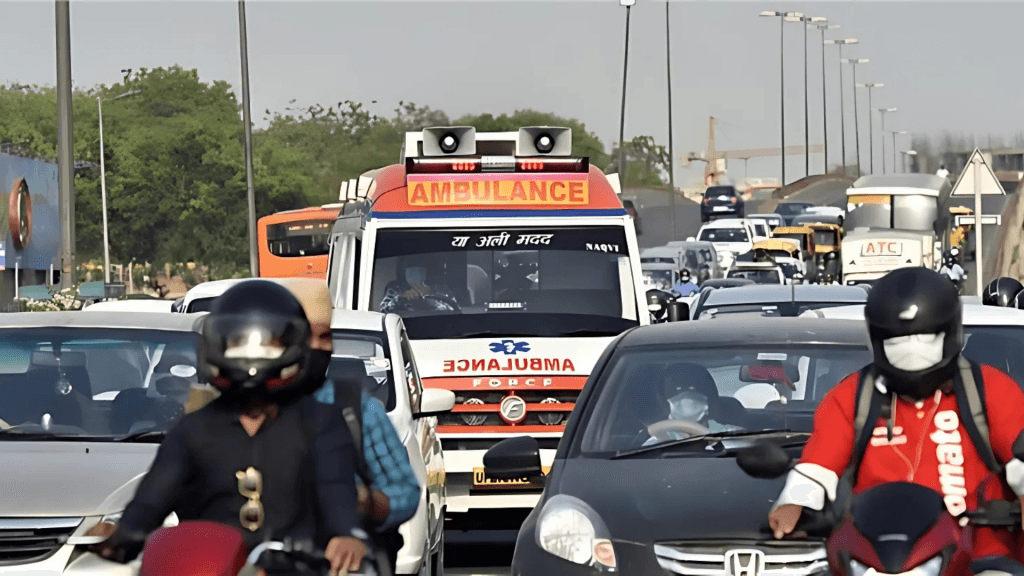
So why do we still see motorists not giving way to such vehicles? That is a tough question to answer. It may have to do with a lack of civic responsibility, low awareness of the consequences of not giving way, or inadequate enforcement efforts. It is likely that a combination of these elements, along with other reasons known only to the offending drivers.
The issue of car drivers not giving way to essential services in India is a complex problem that requires attention from both authorities and citizens. Improving awareness, enforcing traffic rules, and fostering a culture of consideration on the roads are essential steps toward ensuring that emergency vehicles can operate effectively without unnecessary delays. As India continues to develop, addressing these challenges will be critical to safeguarding the lives and welfare of its citizens.

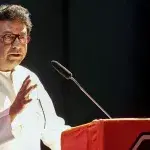


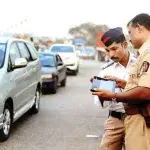

Newsletter
Stay up to date with all the latest News that affects you in politics, finance and more.